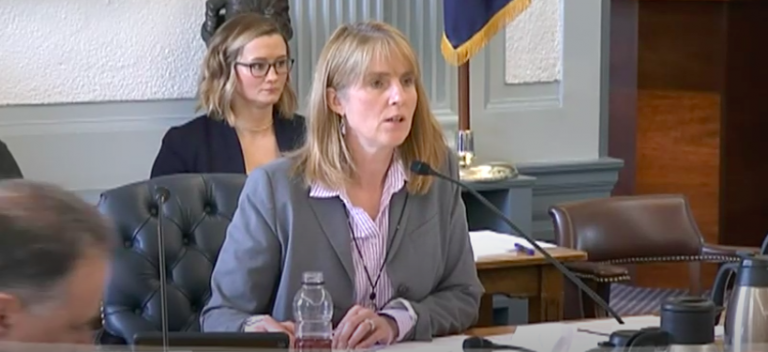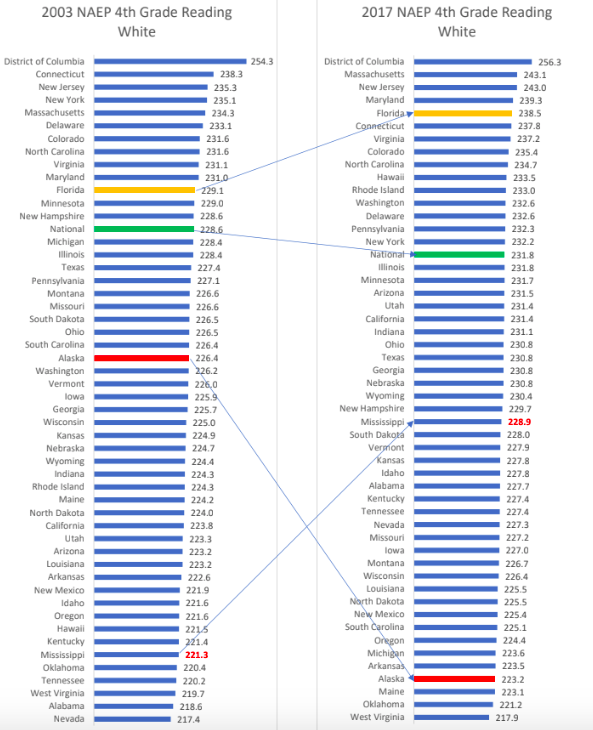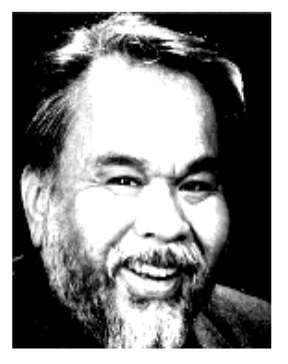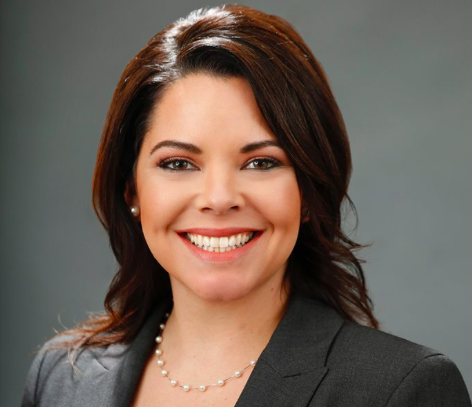If Alaska was a country, on a per-capita basis it would rank #2 in the world for sexual assault, compared to 119 other nations.
That was one of the messages that Sen. Peter Micciche delivered to the Senate just before asking them to vote in favor of SB 49, a criminal justice reform bill he carried on behalf of the Dunleavy Administration.
HB 49 rolls back the previous reforms of SB 91, which was signed by Gov. Bill Walker in 2016.
In his remarks, Micciche cited the need to make victims the priority in crime legislation, and make sure those who break the law face consequences:
“We are prioritizing public safety, we are protecting Alaskans, we are putting victims and the law-abiding first and removing those from our communities that are a threat to safety and security.
“From the latest FBI data, Anchorage is next to the highest on the list of high property crime cities at 5,441 per 100,000 population, or roughly four times the rate of New York City and two times that of LA.
“For violent crime (murder, rape, robbery and aggravated assault) Alaska is number one in the US at 829 per 100,000…more than seven times the lowest state of Maine, and more than twice the average of 373 per 100,000.
“Then there is Alaska’s dark secret…and today we declare a formal war on sexual assault.
“We dealt with the Schneider Loopholes through the passage of another bill this session (SB12/HB/14), but we have so much more to do.
“If the state of Alaska were a country unto itself, and we compared the number of sexual assaults per capita to the other 119 nations in the world, Alaska would be number two in the world at 116.7 per 100,000 in front of Botswana and right behind South Africa.
“Alaska’s sexual crime rates are three times higher than the national average, and child sexual assault rates are six times the national average.
“Six times. Disproportionately, victims of sexual violence are between 11 and 17 years old, from all over Alaska and were attacked by someone they knew.”
HB 49, amended and strengthened by the Senate, passed 20-0 and was returned to the House for concurrence. The House is now in session (11:20 am Tuesday, May 14, 2019).






